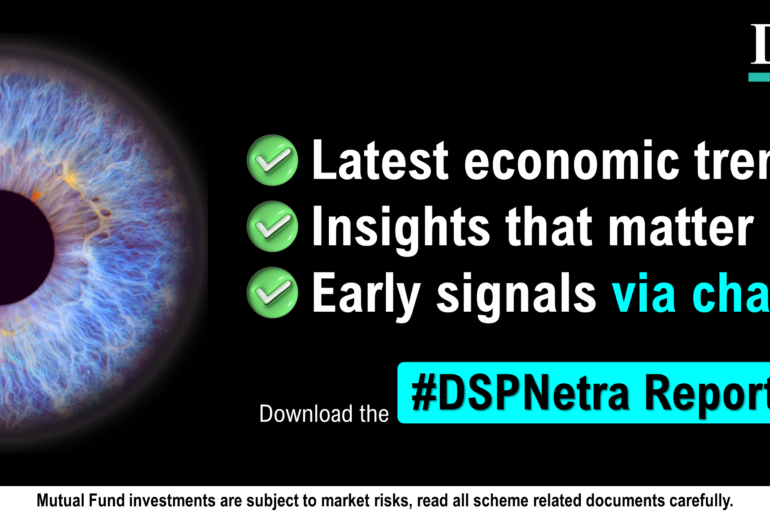Last Updated on Mar 17, 2023 by Anjali Chourasiya
‘Virat Kohli’s 186 mirrors a famine being replaced by a feast’, says Harsha Bhogle in a recent video analysing Kohli’s return. We have always celebrated cricketers coming back in ‘form’. You might be wondering what cricket is doing in this finance piece. Have you ever drawn parallels between a stock’s and an athlete’s performances?
Table of Contents
Streak of streaks
We feel that if a particular cricketer is in form, they will score a century in the next match too. Words like ‘streak’ or ‘form’ are applicable to stocks as well. We feel that if the stock is in momentum, it will continue to perform well. We believe our advisors or portfolio managers to show the best performance in the next transaction again because they could do it in the last few trades.
Hot hands
This is called the ‘hot hand fallacy’. The hot-hand fallacy derives from the saying that athletes have “hot hands” when they repeatedly score. That causes people to believe that they are on a streak and, therefore, will continue to do so. Such a feeling is irrational.
It is not to say that a player or a stock does not have the ability to perform better the next day. It is about our beliefs about and expectations from them. If we get influenced by recent performance, then we are inviting errors and irrationality in the decisions. These decisions could be regarding purchasing or selling a stock or even betting on a player’s or the team’s performance (though I am against gambling). We will fail to think that the current streak is likely to break someday. We will not incorporate the role of chance or randomness, which is present everywhere.
Toss a coin
Let us go back to tossing a coin example from our school textbooks, where we first learnt probability theory. Every time I toss a fair coin, the chances of heads and tails, both are 50-50. In the sequence of ten tosses, we might have eight heads and two tails. But that does not change the probability of the outcome when I toss the eleventh time. If we keep on experimenting with it, say, 500 times, we will notice that the outcomes are more towards 50-50. This tells us that the shorter trends are different from the longer-term trend.
There’s a way through which we can avoid making incorrect assumptions, misidentifying patterns and basing decisions on such trends. We must remember that each trade is independent of the previous trades or the current form. We cannot be winners all the time, and therefore, we must analyse each and every trade before making any rash decision.
- Senior Citizens To Get Health Insurance? Facts Explained! - Apr 30, 2024
- How Stock Markets React to Interim Budgets: Cues From the History - Jan 31, 2024
- Top 5 Indian Economics Newsletters to Subscribe in 2024 - Dec 6, 2023



